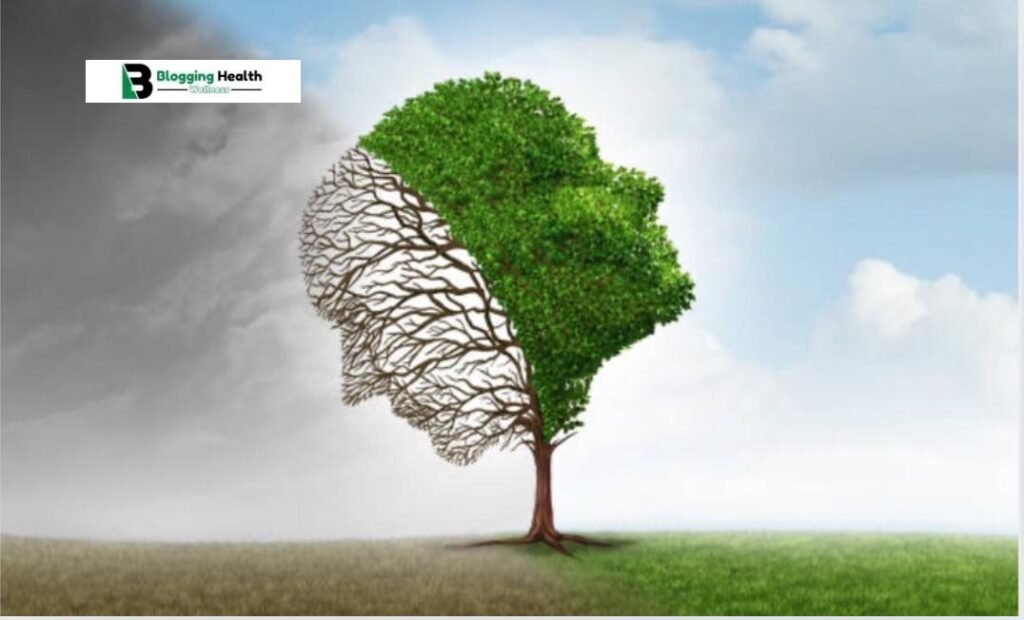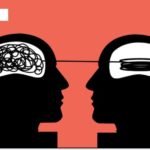Understanding Mental Illness Diagnosis
Mental illness disturbs millions of nation worldwide, impacting their hopes, emotions, and management. Despite its pervasiveness, mental illness diagnosis is often misconceived and stigmatized. Accurate disease is a critical step toward active treatment and recovery, permissive individuals to control their conditions and improve their value of life. This item explores the process of diagnosing emotional disorder, including the tools, challenges, and significance of accurate disease.

1. What is Mental Illness?
Mental illness refers to a wide range of insane health conditions that influence mood, thinking, and conduct. These conditions can range from prevailing disorders like anxiety and depression to more harsh conditions in the way that schizophrenia or manic-depressive illness. Mental illnesses can significantly upset a person’s ability to function in regular life, but accompanying proper diagnosis and situation, many individuals can lead conforming lives.
2. The Importance of Early Diagnosis
Early diagnosis of emotional disorder is crucial for several reasons. First, it admits for timely mediation, which can prevent the condition from diminishing and reduce the risk of confusions. Early treatment frequently leads to better outcomes and can help individuals claim their social, pertaining to work, and personal functioning. Moreover, understanding the type of the illness can provide aid to individuals and their kins by explaining manifestations and guiding treatment selections.

3. The Diagnostic Process
Diagnosing mental illness is a complex process that usually involves various steps, including clinical interviews, intellectual evaluations, and sometimes healing tests to rule out added conditions. The following are key components of the demonstrative process:
a. Clinical Interviews
The first step in diagnosing emotional disorder usually involves a all-encompassing clinical interview administered by a mental well-being professional, such as a psychiatrist, person who treats mental, or licensed counselor. During this interview, the clinician will draw detailed information about the individual’s syndromes, medical history, genealogical chart of mental illness, and some relevant life occurrences. The clinician will further assess the event, intensity, and impact of the symptoms on the person’s day-to-day life.
b. Psychological Assessments
Psychological evaluations, including patterned tests and questionnaires, are often used to gather more objective dossier about the individual’s mental energy. These assessments can measure various facets of mental functioning, in the way that mood, intelligent abilities, and personality characteristics. Commonly used finishes include the Beck Depression Inventory (BDI) for determining depression and the Generalized Anxiety Disorder 7 (GAD-7) scale for anxiety.

c. Medical Tests
In few cases, medical tests grant permission be conducted to exclude physical conditions that maybe causing or providing to the symptoms. For example, thyroid disorders, source of nourishment deficiencies, or neurological environments can sometimes present accompanying symptoms akin to those of mental illnesses. Blood tests, intelligence imaging, and added medical evaluations can help guarantee that the symptoms are not due to an fundamental medical issue.
d. Differential Diagnosis
Differential disease is the process of distinguishing a particular emotional disorder from other environments with identical symptoms. Many mental strength disorders share overlapping manifestations, making it essential for clinicians to carefully examine and rule out other potential diagnoses. For example, syndromes of anxiety can protrude with those of hyperthyroidism, and aura swings might be indicative of either manic-depressive illness or borderline emotional disorder.
4. Diagnostic Tools and Criteria
Mental health specialists use specific diagnostic finishes and criteria to label mental sicknesses. The most widely used diagnostic manual is the Diagnostic and Statistical Manual of Mental Disorders (DSM-5), written by the American Psychiatric Association. The DSM-5 specifies detailed descriptions of insane health disorders, containing diagnostic tests, prevalence, risk factors, and befriended features. Another usually used manual is the International Classification of Diseases (ICD-11), written by the World Health Organization, which covers a fuller range of health environments, including insane health.
5. Challenges in Diagnosing Mental Illness
Diagnosing mental illness maybe challenging for various reasons:
a. Subjectivity of Symptoms
Unlike many physical ailments that can be diagnosed through objective tests, emotional disorder symptoms are frequently subjective, depending the individual’s self-report and the clinician’s observations. This internal can lead to instability in diagnosis, particularly when symptoms are subtle or when educational factors influence the verbalization of symptoms.
b. Overlapping Symptoms
Many mental strength disorders share similar syndromes, making it difficult to define a specific diagnosis. For example, two together depression and worry can present with sleep disturbances, irascibility, and concentration problems. Clinicians must cautiously evaluate the thorough range of symptoms and their framework to make an accurate disease.
c. Stigma and Misunderstanding
Stigma and societal fight of mental illness can hinder individuals from seeking help or adequately disclosing their syndromes, leading to deferred or inaccurate diagnosis. Fear of being deduced or labeled can influence underreporting of symptoms, making it harder for clinicians to assess the adequate extent of the condition.
d. Co-occurring Disorders
Mental ailments often occur with something with other insane health disorders or essence use disorders, further complicating disease. For instance, someone with cavity might likewise struggle with worry or substance abuse, requiring a cautious and nuanced approach to diagnosis and situation.
6. The Role of Self-Awareness and Advocacy
Individuals play an essential role in the demonstrative process by being aware of their symptoms and pursuing help when needed. Educating being about mental strength and being open about one’s experiences can aid in the early detection and disease of mental illness. Self-assistance is also crucial; if an individual feels that their concerns are not being adequately addressed, they bear seek a conference or ask for a referral to a professional.
7. Moving Forward: Treatment and Support
Once a diagnosis is created, the next step is to cultivate a treatment plan tailored to the individual’s needs. Treatment concede possibility include a association of psychotherapy, medication, behavior changes, and support from family and friends. Continuous listening and adjustment of the situation plan are often unavoidable to ensure the best consequences. Education and support for both the individual and their desired ones are fault-finding components of managing emotional disorder.
Conclusion
The mental illness diagnosis of emotional disorder is a vital process that lays the endowment for effective treatment and improvement. While the process can be complex and disputing, a thorough and accurate disease can lead to meaningful improvements in a person’s feature of life. Understanding the steps involved in diagnosing emotional disorder, recognizing the challenges, and furthering for oneself or desired ones are essential for navigating insane health ca


